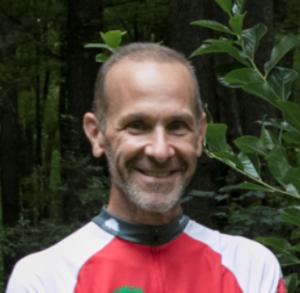Leading Thoughts (November 2018)
By J. Eric Smith, TREE Fund President and CEO
 Strategic planning is a key governance responsibility for nonprofit boards. The ideal planning process can be broadly viewed as an iterative, two-part undertaking. In the first part of the process, an organization defines a vision for the future that is consonant with its mission. In the second part of the process, the organization then allocates financial, capital and human resources toward achieving this vision. The two parts of the process must be linked with regular feedback mechanisms that allow both vision and resource allocation to evolve, together, to meet emergent opportunities and challenges.
Strategic planning is a key governance responsibility for nonprofit boards. The ideal planning process can be broadly viewed as an iterative, two-part undertaking. In the first part of the process, an organization defines a vision for the future that is consonant with its mission. In the second part of the process, the organization then allocates financial, capital and human resources toward achieving this vision. The two parts of the process must be linked with regular feedback mechanisms that allow both vision and resource allocation to evolve, together, to meet emergent opportunities and challenges.
Last year, TREE Fund’s Board of Trustees went through such a thorough planning and visioning process that resulted in a Board-approved three year Strategic Plan that we’ve been using to guide our activities since January 1, 2018. As we approach the end of the first year of this plan, I’m pleased to note that we’re on track with all deliverables, and looking ahead to 2019 with a strong and clear sense of where we want to be, and what we need to do to get there. As a nonprofit executive, I can tell you from first-hand experience that it is a true professional boon to have such a clear and solid plan in place, and to have such strong buy-in from the board for implementing it.
That being said, good strategic planners must recognize a principle most eloquently elucidated by General Dwight D. Eisenhower during planning for the invasion of Normandy: “Plans are nothing; planning is everything.” Planning is a dynamic, ongoing enterprise, not an occasional activity resulting in a static, printed plan that is likely to become obsolete soon after it is created. Planning is a process, plans are tools – and no tool should ever be given precedence over the process it supports.
So as we work to wind down our 2018 program year in a position of strength, we need to evaluate what we’ve done and what we’ve learned, and revisit our plan through that lens, ideally adding another year to the back end as we call it a wrap on the front-end year. A key part of this process is feedback from our stakeholders, so I invite you all to look at our plan on the About/Documents page of our website, and let us know if you think we’re missing any marks or need to consider different, new or better ways to continue fulfilling our charitable mission and provide excellent service to you, our supporters and customers.
